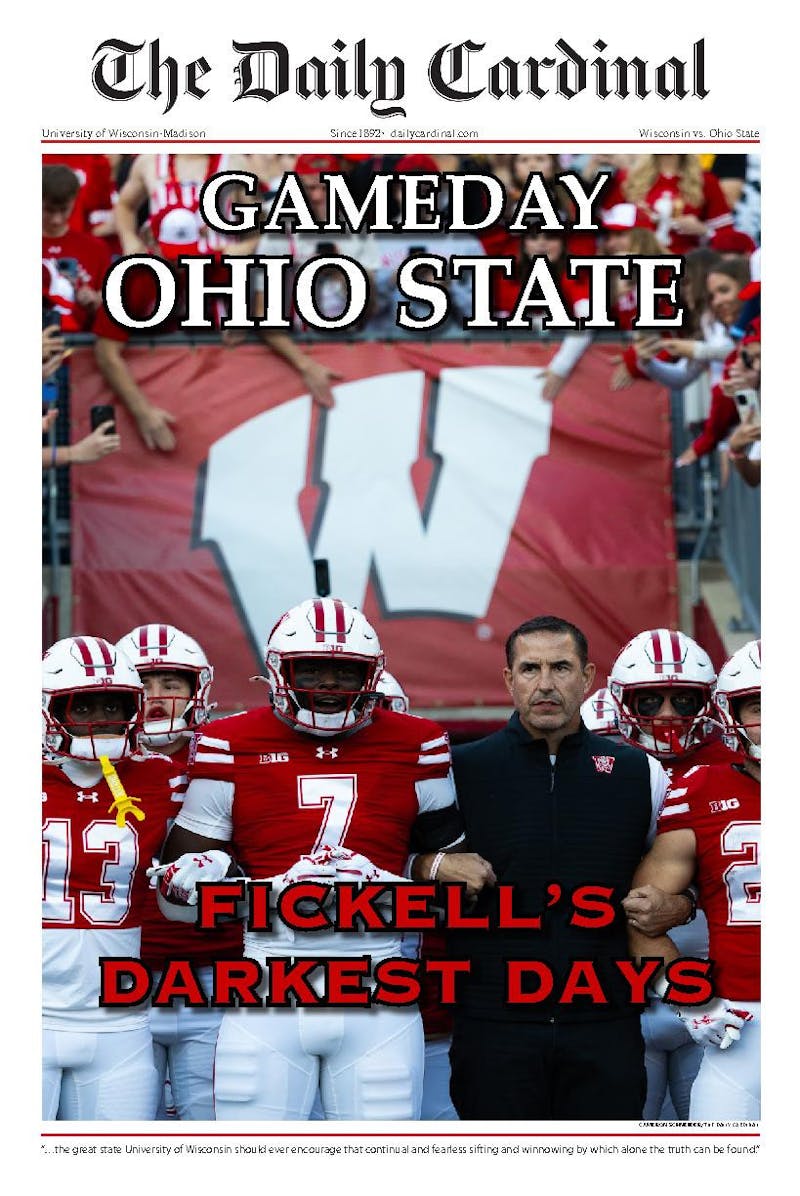Patents are big business and big philanthropy at the Wisconsin Alumni Research Foundation, which helps keep UW-Madison in the top tier of research universities.
Since its founding in 1925, WARF, which manages all intellectual property for the university, has donated approximately $800 million to UW-Madison from income on licensing university-based patents, said Jill Ladwig, senior writer for WARF.
According to Michael Falk, WARF's director of intellectual property, WARF is the ""margin of excellence"" at UW-Madison.
""The resources we can bring back to the campus and the relationships we can build for campus are what set this university apart,"" Falk said.
WARF's location, perched in its namesake building on the western edge of campus, mirrors its institutional role at UW-Madison. As a legally independent entity, WARF stands outside the hubbub of day-to-day university business, but is integral to the big picture it surveys from the 13th floor.
WARF, known as the oldest technology transfer organization in the country, looks at roughly 400 invention disclosures by faculty and staff each year, said Howard Bremer, counsel emeritus at WARF.
In what Bremer terms a ""sea change,"" he said that patents resulting from federally funded research, the bulk of research at UW-Madison, are now owned by discovering universities instead of the government, due to the Bayh-Dole Act of 1980.
Bremer said WARF files patents on approximately 60 percent of the inventions it reviews. After a long approval process, approximately 85 patents are granted annually. Most patents are in the life sciences, Bremer said, reflecting the predominance of funding in these fields at the university.
The foundation then decides how to use the patents. According to Falk, the vast majority of patents are licensed to companies based in the United States because the United States is the biggest market in the world and WARF is located here.
Falk also said that WARF does a lot of patenting in Europe and Japan, especially in pharmaceuticals. He said in order to sell products in another country it is necessary to have a patent there.
Products that improve human health have been at the heart of WARF's activity from its establishment.
According to Bremer, WARF was originally founded to manage professor Harry Steenbock's pioneering Vitamin D discoveries. Steenbock's innovation, which allowed milk and other foods to be fortified with Vitamin D through irradiation, led to the elimination of Rickets, a once-common childhood bone disease.
Vitamin D-based compounds such as Zemplar, developed by UW-Madison's biochemistry chair Hector DeLuca, remain one of WARF's biggest sources of income, according to Falk.
The value of WARF-managed discoveries is not limited to licensing income, however, Bremer noted. He said Coumadin, a widely used blood thinner known generically as Warfarin, is still on the market long after licensing royalties ceased to flow and has had a worldwide impact.
Besides licensing patent rights, WARF also invests in some of its licensees. According to Falk, WARF owns equity in approximately 40 start-up companies. Falk added, however, this doesn't represent all the start-ups affiliated with WARF.
Annually, WARF donates approximately $60-80 million to UW-Madison, Ladwig said. The funds are managed by the Graduate School, which determines how they will be used.
Graduate School Dean Martin Cadwallader said that some of the funds go to jointly funded major projects like the Biostar Initiative and the new Microbial Science Building.
The graduate school also annually allocates about $6 million to graduate student fellowships, Cadwallader said. An additional $6 million goes to an annual research competition that provides seed money for faculty research in fields ranging from the arts and humanities to biological sciences.
""This is an advantage we have over other universities—that we have this money to sort of start them off, so to speak,"" Cadwallader said.
He noted peer institutions, such as Michigan and Berkeley, don't have this advantage, or at least ""not to the same extent.""
Cadwallader also said that approximately $5 million goes to faculty recruitment and retention. For example, the Graduate School contributes funds to setting up labs for new faculty.
According to Cadwallader, one of the best aspects of WARF money is that it is flexible.
""When you get gift money, it's often for a particular type of research—a particular building or whatever. This WARF money we can use for different parts of the research activity,"" he said.





